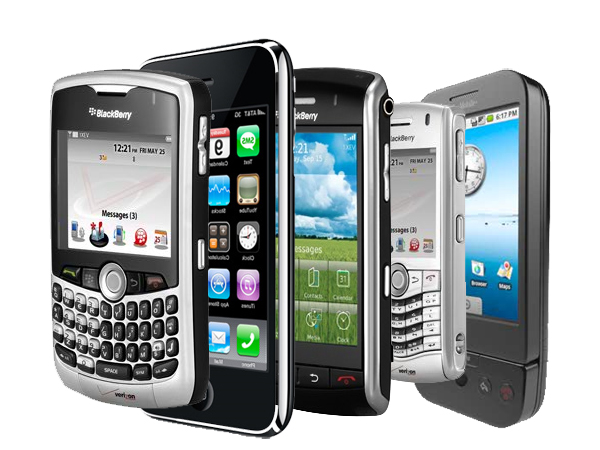4 Billion New Customers!
Think about that! If you had access to 4 billion customers, how would that impact your marketing, your strategy, your vision, your opportunities, and your profit potential? Well it’s coming, and I see it happening right before my eyes.
Let me back up for a moment and give you some perspective. As I write this, I am at my office in Pondicherry, India. I started Efficience with my partners April and Rich back in 2004 and came to India shortly after to set up the office. We started with one full time team member and one intern and then quickly added five more. We have now grown to 40 bright, enthusiastic, hardworking men and women.
When I started coming to India, none of the team members had cell phones. Cell service existed here, but the phones were expensive, and most didn’t see the value in having one.  This continued for a few years. Now all our team members, from the lowest to the highest paid, have cell phones. At this point, eight of them have smartphones, and I see the rest upgrading in a year or so. I can see this new global customer base growing right before my eyes.
This continued for a few years. Now all our team members, from the lowest to the highest paid, have cell phones. At this point, eight of them have smartphones, and I see the rest upgrading in a year or so. I can see this new global customer base growing right before my eyes.
You may remember reading the Software Monster blog I wrote about how new software applications, Software as a Service (SaaS) tools, and apps are eating up the legacy business of a huge number of mainstream industries. This was based on an article that Marc Andreessen, founder of Netscape, wrote in the Wall Street Journal. Now, he has another article out that deals with the expansive opportunity that putting a handheld computer or communication tool connected to the entire world is offering by bringing customers to your doorstep.
In a CNet article called Marc Andreessen Predications for 2012, Marc discusses how smartphones are now in the hands of about 2 billion people in the developed world, and in three to five years they will be in the hands of 6 billion. Can you imagine what to do with 4 BILLION New Customers? I have been advocating the power of connectivity since the early ‘90s, and this adds an exponential growth factor to that, which compounds the potential. If you read any futurist thinkers like Ray Kurzweil, it looks like we are much closer to that Singularity moment. You can check out his book here.
Marc ends the article with how opportunities and growth wrap around smartphones saying, “Local merchants, like local restaurant owners, are going to have a smartphone app they can use to dial up customers on demand. Whether that’s from Groupon or Foursquare — any of these companies can do that. A lot of small business owners are going to start running their businesses from their smartphones.”
Your marketplace is not your backyard anymore; it’s not even your country. We recently launched a requirements gathering tool called Sluice, and it gets 60% of its sign-ups from outside the US. I can already envision all kinds of great opportunities with this mobile expansion, and we are moving our company in that direction for the potential it offers. What are you doing to go after the soon-to-be total of 6 billion new customers?
 The cornerstone of the BOS is what they call Value Innovation.
The cornerstone of the BOS is what they call Value Innovation.